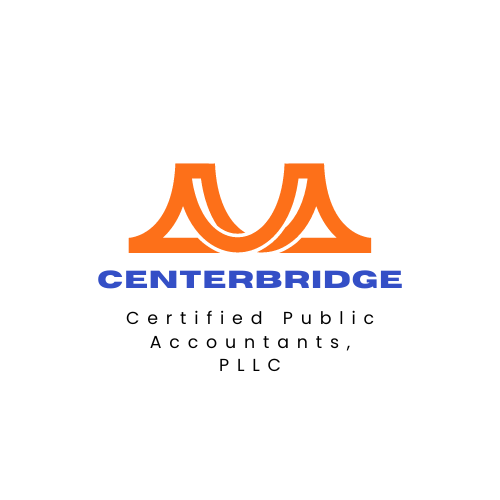Writing An Effective Listing
Creating a good listing is a crucial part of selling a property. The description and photographs of the property will influence the initial impression of potential buyers. If you’re selling your property through a realtor or an agency, they’ll create a compelling listing for you, but your ideas can help with the final product.
Structuring your listing is essential:
- Come up with a strong title that will make your listing stand out. Your description should include details that potential buyers might want to know to make an informed decision.
- Take the time to write an appealing description. The opening statement should tell readers what kind of property they are looking at and why they should consider buying it. Describe what kind of home you’re selling and what kind of environment it is in.
- Tell readers who the property would be ideal for, but avoid narrowing down your audience too much because this could turn off some potential buyers. If you’re selling a home with several bedrooms and two bathrooms, present it as an ideal option for families, but don’t assume that only couples would be interested in your smaller apartment.
- Call to action. End your listing by encouraging potential buyers to take action. You can, for instance, mention an open house or encourage them to contact you to ask some questions.
This is the potential information buyers are looking for when reading your description:
- The size of the home in square feet and the size of the property in acres
- The number of bedrooms and bathrooms
- Where the property is located
- Upgrades like a deck, patio, pool, or fireplace
- Is there a garage?
- Anything that would make your home stand out, such as a view on a lake, a patio, or a finished basement
Avoid trying to oversell your property. Potential buyers need to have a good idea of what your home is like after looking at your listing, and they’ll be disappointed if your listing exaggerates the size or condition of your home. Make a list of the main selling points and if something could be a turn-off, try neutrally mentioning them.
Additional Tips for Your Listing
- Use precise descriptions. Adjectives are essential because they’ll help potential buyers imagine what your property is like. Look at listings for similar properties to get an idea of which adjectives you could use.
- Be creative, but avoid being too crazy. Potential buyers are looking for information and want to see listings that will help them select properties that could be suitable matches for them. Grab readers’ attention and help them imagine themselves in your home, but avoid allowing your creativity to get in the way of efficiently conveying information.
- Do your research. Look at real estate listings for similar properties to get an idea of what information is helpful, what kind of titles grab your attention, and how similar properties are described. You might also find some techniques that aren’t an excellent way to present a property and get an idea of wording you want to avoid.
Focus on creating a listing that stands out, structure it so that information is easy to find, and provide potential buyers with the information they need. Share some great pictures of the outside and inside of your home to give potential buyers a better idea of what it looks like. Finally, remember to end with a solid call to action to bring your buyers your way.

Avoid The Critical Financial Mistakes Made By Real Estate Pros
Failing in the financial basics will doom your business. Get our free e-book "The Real Estate Pro's Guide to Financial Success" to see if you are set up for success.

